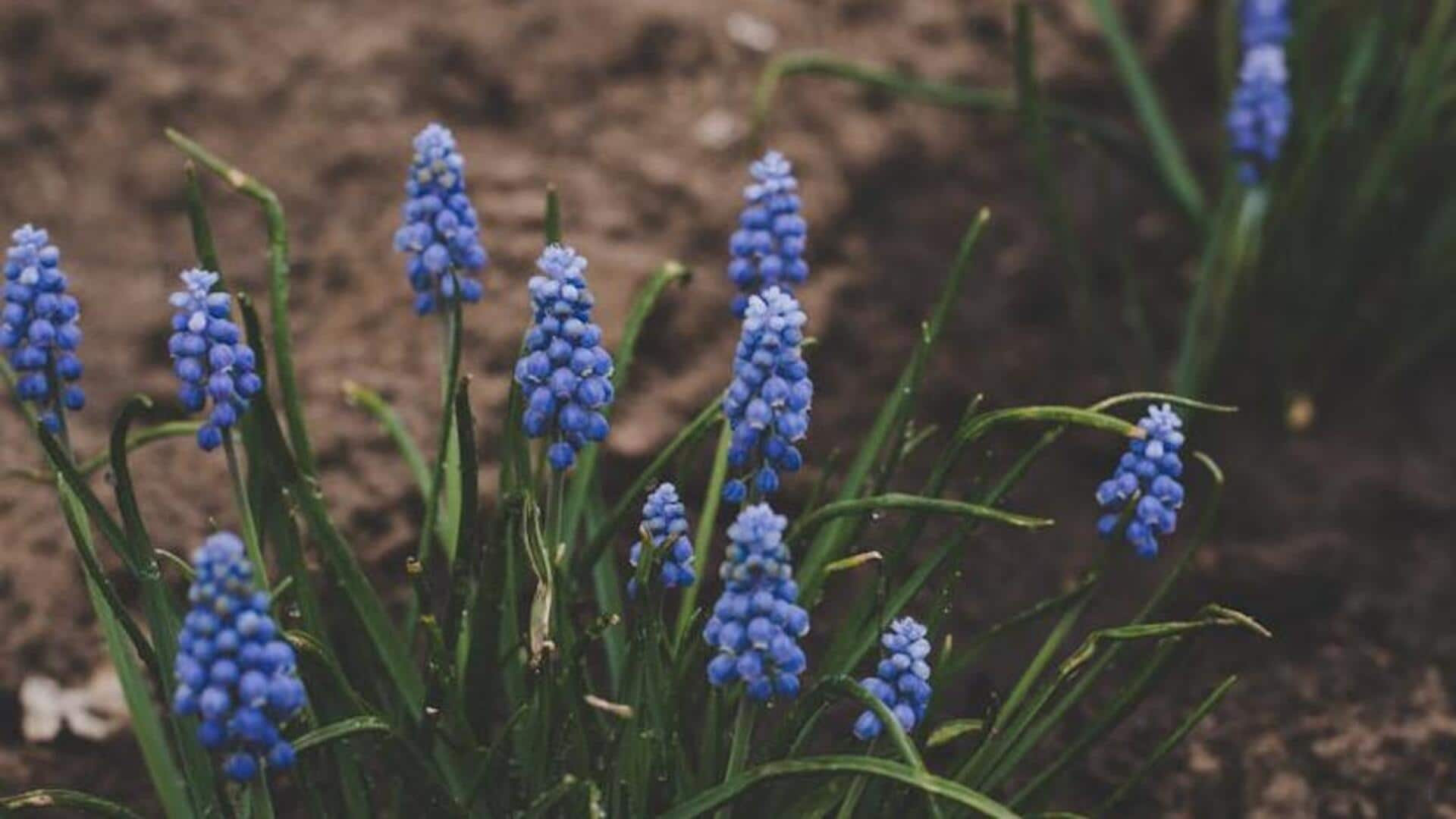
Take care of your hyacinth plant with these tips
What's the story
Hyacinths are beloved for their brilliant hues and intoxicating scent, earning them a cherished place in the hearts of gardeners and flower lovers alike. Ensuring these vibrant blossoms thrive and continue to grace spaces with their beauty requires a bit of care. This article offers crucial tips for hyacinth care, covering the fundamentals of planting, watering, lighting, temperature management, and what to do after they bloom.
Planting
Select the right planting time
Hyacinth bulbs need to be planted in the fall before the first frost hits the ground. In majority of the climates, late September to early October is the ideal time to plant them. The bulbs require a cold dormancy period to bloom in the spring. Planting them 4 inches deep and 6 inches apart provides sufficient space for root growth and expansion.
Watering
Ensure proper watering
Hyacinths need regular moisture but can't handle soggy soil. After planting, give your bulbs a good soaking to help settle the soil around them. While they're growing in spring, ensure they get at least one inch of water per week. If rainfall is insufficient, supplement with watering but avoid overwatering to prevent bulb rot.
Lighting
Provide sufficient light
These flowers prefer full sun but can tolerate partial shade. To ensure the best growth and flower quality, aim to provide at least six hours of direct sunlight each day. If you're growing hyacinths indoors or in a garden area that doesn't get a lot of sun, choose a spot that gets morning sun and afternoon shade. This way, your hyacinths won't be exposed to intense heat.
Temperature
Maintain ideal temperature conditions
Hyacinths thrive in cooler conditions that resemble their native mountainous environments. They favor daytime temperatures ranging from 60 degrees Fahrenheit (15 degrees Celsius) to 70 degrees Fahrenheit (21 degrees Celsius) and cooler nights between 45 degrees Fahrenheit (7 degrees Celsius) and 55 degrees Fahrenheit (13 degrees Celsius). Shield your plants from abrupt temperature increases by offering shade or relocating potted plants indoors during unusually hot periods.
Post-blooming
Care after blooming ends
Once your hyacinths have completed their blooming cycle, resist the urge to cut back the foliage until it has fully yellowed and died down on its own. This gives the plant ample opportunity to photosynthesize and gather energy for the following year's blooms. While you can (and should) remove the spent flower stalks, let the leaves be until they're naturally ready to be cleared away.